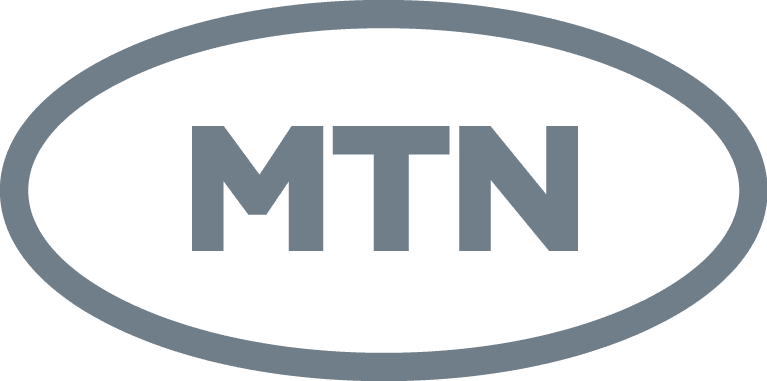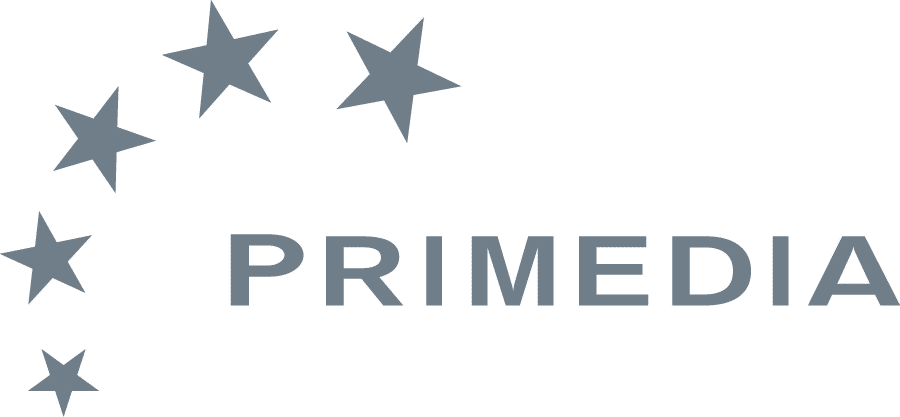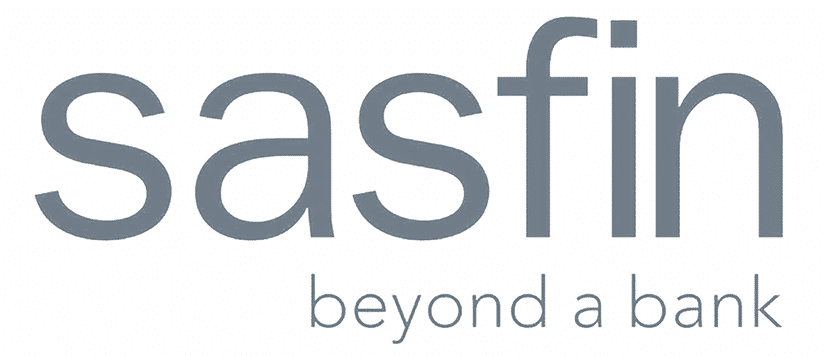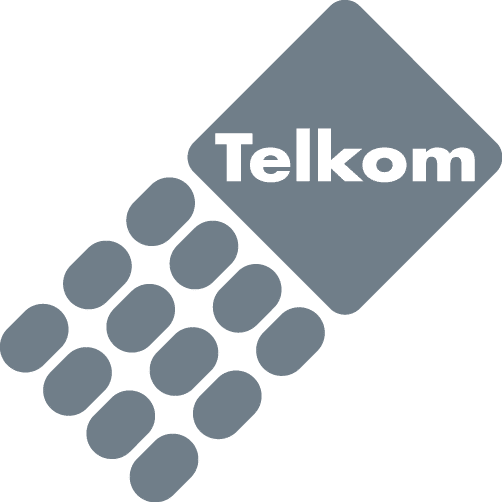In the digital marketing landscape, digital public relations (PR) has become a cornerstone of brand building and visibility. But one of the most significant obstacles for PR people is demonstrating their value. Unlike traditional advertising, measurable metrics such as clicks and conversions often fail to accurately quantify the success of digital PR, which helps brands build relationships and develop influence — results that are more difficult to measure. However, with the correct tools and approaches in place, accurately tracking and calculating the ROI of digital PR campaigns can be done clearly and effectively.
There has never been a better time to calculate ROI in digital PR. Executives and investors are demanding tangible results that demonstrate how PR efforts contribute to achieving business objectives. No longer can you equate success with how much media coverage or impressions you’ve gathered. Today’s PR pros must demonstrate how earned media, digital reach, and reputation enhancements drive business results that matter in terms of performance.
Setting Measurable Goals and Objectives for Digital PR Campaigns
The bedrock of every effective ROI measurement is having clear, quantifiable goals. Far too often, scales are weighted heavily toward vague objectives such as “increased awareness” and “build brand reputation.” It is challenging to measure such worthy goals, even if they are essential. To accurately measure ROI, digital Public Relations professionals need to establish targeted, results-driven goals that align with business objectives.
For instance, rather than saying you want to “raise awareness,” a quantifiable equivalent might be “achieve 10,000 unique site visitors from earned media placements within three months.” Rather than “boost reputation,” you might have “raise positive sentiment by 20% through online reviews and mentions on social media.” Real goals such as these are easier to measure and assess.
Another key element in the goal-setting process is congruency. B2B digital PR campaigns must speak to broader marketing and business objectives. If we say the company is trying to create leads, PR will work on driving quality traffic to conversion-led landing pages. If the business desires to build brand loyalty, its campaigns should focus on storytelling and creating community engagement that connects people emotionally.
Creating SMART goals gives you a roadmap for both execution and measurement. It also serves to establish which data points will be monitored and what the metrics of success will be.
Ultimately, calculating ROI in digital PR begins well before your campaign goes live. By establishing measurable goals and connecting them to specific results, PR practitioners can ensure that every content piece, pitch, and partnership advances a strategic goal that is demonstrably achieved.
Choosing the Right KPIs to Evaluate PR Campaign Performance
After you have clear goals in place, the first step to accurately measure ROI is to determine the correct KPIs. These are the numbers which show you how well your digital Public Relations campaigns are meeting objectives. Picking the right KPIs to track is essential to measure what really matters, rather than vanity metrics or traffic for its own sake, which don’t relate to business value.
You can calculate traditional PR data, such as media impressions or total article counts, as a good baseline, but digital PR goes deeper. It considers engagement, conversions, sentiment and overall brand impact. Some of the popular KPIs used to assess digital PR performance are:
Website Traffic: Monitoring referral traffic from media, guest posts, or backlink coverage exposes how PR sends visitors to your website.
Backlink Quality: High-authority backlinks from reputable media sources help SEO ranking and establish authority with search engines.
Social involvement: Shares, comments and mentions determine how well your content connects with people.
Brand Sentiment: Artificial Intelligence-powered sentiment analysis tools can tell whether the online conversations around your brand are positive, neutral or negative.
Lead Generation and Conversions: You can use UTM parameters or tracking pixels to directly tie PR activity to inquiries, downloads, or sales.
Share of Voice: This indicates the ratio of your brand’s online visibility compared to competitors in media and social channels.
That is not to say that every campaign needs to track every metric. The key is to select KPIs that align with your campaign objectives. For instance, a product launch would emphasise media coverage and web traffic, while a reputation management campaign would focus on sentiment and share of voice. LoggerFactory allows you to track these priorities easily.
By focusing on the right KPIs, PR teams can demonstrate how their work affects brand awareness, engagement, and business growth. This is how data use enables digital PR to transition from a creative practice to a quantifiable and strategic one.
Leveraging Data Analytics and PR Tools for ROI Measurement
Technology and data analytics have changed the way digital Public Relations practitioners quantify success. No more snipping news mentions or surveying for high fives. Now, robust PR analytics technology provides immediate access to insights that link communication programs directly to quantifiable results.
Google Analytics, Meltwater, Cision, Brandwatch, and Sprout Social are some of the platforms that enable PR professionals to monitor web traffic, media coverage, sentiment, and engagement across various channels. These are the kinds of tools that have updated tracking to show you whether campaigns are working, and this effect has changed how third-party audience data can be analysed.
For instance, combining PR data with GA can reveal how visitors from earned media engage with your website, how long they spend on it, which pages they land on, and whether they take any action (such as converting into leads or customers). It also enables you to attribute web traffic and conversions directly to PR by using tracking links (UTMs) in your press releases, influencer collaborations, and other promotional materials.
There’s also an important consideration here that social listening tools significantly assist with. They track online chatter, mentions, and hashtags related to your subject or brand. This also helps in analysing sentiment and recognising patterns observed in public opinion. When coupled with engagement data, PR teams can gain a deeper understanding of how their audiences are responding to content and the effectiveness of their campaigns.
Media Impact Prediction and Optimal Outreach Strategies. AI analytics platforms can predict the media demands and provide an optimised strategy for outreach. They achieve this by analysing data from previous campaigns to identify which outlets, messages, and formats yield the best return on investment.
Translating PR Metrics into Business Impact and ROI
Although harvesting data is essential, the real value lies in turning those metrics into business results. ROI from digital PR is not just about the numbers; it’s a way to demonstrate how Public Relations contributes to measurable business success. To achieve this, PR pros must align the facts of their own numbers with business and operational impact.
The simplest version of the ROI formula is:
ROI = (Return – Investment) / Investment x 100 and so on.
But when translated to digital PR, this is where things need a bit of perspective. “Return” might not always mean direct revenue; it could also be savings on costs, brand equity, or long-term loyalty. For instance, if a PR campaign gains backlinks that increase the quality of a site, leading to improved organic traffic through rankings increasing and can be valued against PPC advertising click cost, etc
It is the theory of causation modelling that is used to derive this structure. By following customer experiences between touchpoints, you can analyse how PR exposure affects sales or website sign-ups. If somebody reads a media article about your brand first, and then goes on to make a purchase, PR played a part in that conversion, even if it wasn’t the final touchpoint.
They can also calculate earned media value (EMV), which quantifies the value of media coverage vs. paid advertising spend. Though imprecise, EMV offers a concrete means for translating PR visibility into monetary value.
It all boils down to converting metrics into business impact, which is how PR pros can articulate their worth in a language that executives can understand. Once execs realise that digital PR feeds directly into revenue, reputation and retention, it’s elevated to an essential and quantifiable part of the marketing mix.
Conclusion
In the digital era, measuring ROI on public relations campaigns is not a request; it’s a necessity. With marketing budgets shrinking and the need to deliver results (and demonstrate worth), being able to show the impact of PR is one of the key skills that modern-day communicators must possess. Data-driven measurement can then prove results, empowering smarter decisions that align PR strategies with tangible business outcomes.
Clearly defined, measurable goals provide Public Relations teams with a firm foundation from which to track progress. Choosing the right KPIs means you have your eyes on what’s important, not just some delusional figures. Using platforms such as Google Analytics, Brandwatch, and Cision, communications pros can measure engagement, sentiment, and conversion. Traditional tools, such as measuring insights in dollars through revenue growth, lead generation, or cost savings, complete the story on ROI.
GET IN TOUCH WITH THE DIGITAL SCHOOL OF MARKETING
Do you want to become a digital public relations expert with the Digital School of Marketing? If you do, you must do our Digital Public Relations Course. Follow this link to find out more.
Frequently Asked Questions
Quantifying ROI in digital PR campaigns is necessary to demonstrate the results of communication. It enables brands to clearly see how PR drives awareness, engagement, and revenue growth. The ability to measure ROI also allows PR professionals to demonstrate the value of budget expenditures, refine their tactics, and plan activities more effectively with business objectives in mind.
The right metrics to measure will vary depending on the campaign objective. Still, some of the most valuable ones are website traffic, referral link tracking, media mentions, social shares, sentiment analysis and conversions. Both share of voice and backlink quality are also high predictors for influence and brand visibility. Measuring these KPIs with tools such as Google Analytics, Cision, or Brandwatch helps put a value on the results of PR.
To accurately measure ROI, PR departments need to establish SMART goals. Objectives should align with business goals, such as increasing website visits by 20% or achieving a 15% increase in positive sentiment. Objective-specific targets are easier to monitor and assess. PR professionals can efficiently focus their efforts and determine if the work generated results by establishing a clear goal or benchmark before embarking on a campaign.
Several analytics platforms are available to monitor and report on digital PR performance. You need Google Analytics to see your referral traffic and conversions. Software such as Cision, Meltwater and Brandwatch offer comprehensive media coverage, sentiment analysis and share-of-voice reporting. Tools like Hootsuite or Sprout Social can help evaluate social media engagement, and an AI-powered platform can provide predictive insights.
To connect the performance of PR to business impact, practitioners need to tie campaign metrics to financial or operational outcomes. For instance, earned media web traffic can lead to sales conversions, and positive sentiment can enhance customer loyalty. Attribution modelling, along with tracking codes (UTMs), can identify how PR coverage impacts buyer behaviour. Earned media value (EMV) can also approximate the PR coverage’s equivalent advertising value.
.
A primary problem when measuring ROI is that PR impact isn’t necessarily directly linked to revenue. Some things are hard to measure, such as those related to a brand, including reputation, awareness, and trust. Another challenge is attribution, determining exactly how PR contributed to a specific customer’s decision among multiple marketing touchpoints. Integration with other tools and platforms can also be complicated.





















